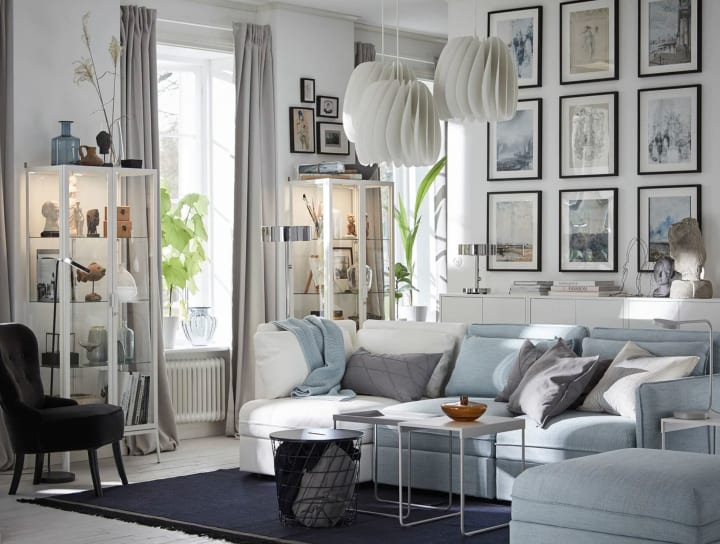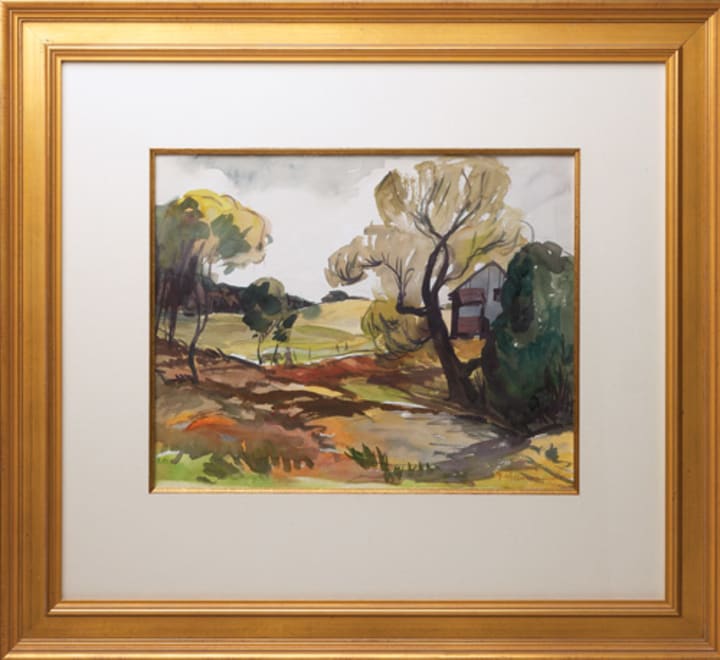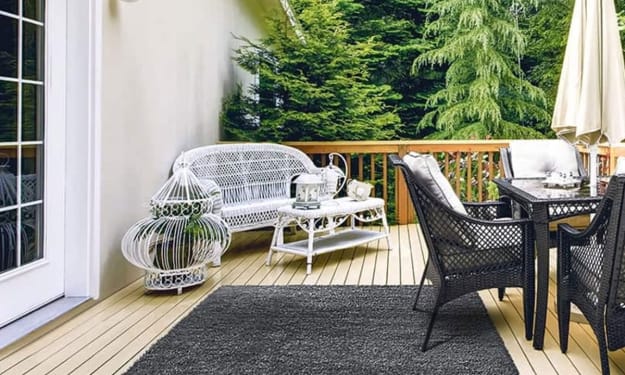
Take good care of your works of art by framing them as they should. This is because the frame not only serves to showcase your works but also serves to protect them so that you can keep them in excellent condition.
1. Why choose a beautiful frame for your photos?

If the printing of your photos is an essential step in bringing an image to life and putting it forward, choosing a frame is the last step in the process to obtain the final object that will be hung on the wall. Not all frames work for all paintings, nor do all canvases look the same in any frame, so here we want to offer some small ideas that serve as a script to get the most out of it and be able to get the right moment when choosing a frame.
We can describe the frames as prints that visually play with the work and with its color. The painting and its frame interact with each other, so it is necessary to achieve harmony between the two. Many artists choose not to frame or not accept that their works are framed due to the fact that they cannot find a style and color that matches the content.
2. Should we choose a frame according to the work or the decor of the room?

The framing is first and foremost at the service of the work; it is she that we must put forward. But obviously, the framed work will in turn be the focal point of the decor. It is not appropriate to force a style on work to integrate it into a planned setting. For example, an abstract urban scene may not be highlighted if it is framed in a country style. If you want to respect your decor, you have to find the custom picture framing that will highlight your work while respecting the environment that surrounds it.
3. Why choose an old frame (decorated in museum-style) rather than a contemporary one?

Today's decors are refined and the simplicity of contemporary moldings is a sure bet when it comes to following the trend. In my opinion, the mixture of genres and styles can be very happy. There is nothing to prevent an abstract work from being framed in an old museum-style molding to display it in a refined setting. The latter can set the tone for work and make it the centerpiece of a decor, whatever its style. The basic rule always remains the same: at all times, the framing must complete the work.
4. Does framing a photo require precise processing?
The framing of a photo, like all works on paper, will ideally be done under glass and with a master key. The size, print, and value of the photo will influence the type of editing to be used to ensure that the framing is done in the rules of the art. From a more technical point of view, we will use one or more master keys to prevent the photo from touching the glass. Without their use, it will be necessary to consider spacers or even create a housing assembly.
For the choice of the glass, we recommend using a glass equipped with a UV protection filter in order to guarantee the good conservation of the image or glass with redirected reflections. Of invisible appearance, this second type of glass avoids reflections produced by ambient lighting.
5. What types of framing are recommended for posters, oil paintings, lithographs, or watercolors?

Works on paper (posters, photos, lithographs, watercolors, etc.) must be framed under glass with a mat and adequate mounting. Oils, acrylics, or works made on canvas or on wood panels are enhanced when they are framed directly with one or more moldings, without other components.
6. What is acid-free cardboard?
Acid-free cardboard is treated cardboard specially designed to maintain a neutral pH and reduce the emission of acid gases. It is very important because lignin - a natural material present in wood, especially that used in papermaking, which ensures the hardness of the fibers - easily oxidizes on contact with ultraviolet rays, which causes the degradation of papers made of wood pulp. Acid-free cardboard has no acid, which protects the artwork from deterioration over time.
There are different grades of cardboard with different prices for framing. Storage cartons are free of acid and lignin after treatment to control the risk of acidification. Museum-grade cardboard, made from cotton pulp, tends to be more durable and resilient, in addition to naturally tending to a neutral pH. The goal of framing is not only to showcase the work but also to preserve it.
7. Why use an anti-UV glass?
The anti-UV glass guarantees the preservation of the colors of the framed work. It is a must for preserving works made with light-sensitive techniques, such as watercolors, inks, and markers. Even if a pigment is said to be lightfast, it is the exposure conditions and the preservatives that determine the long-term lifespan of the paint layer.






Comments
There are no comments for this story
Be the first to respond and start the conversation.